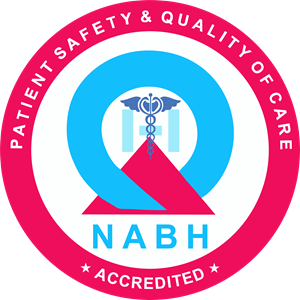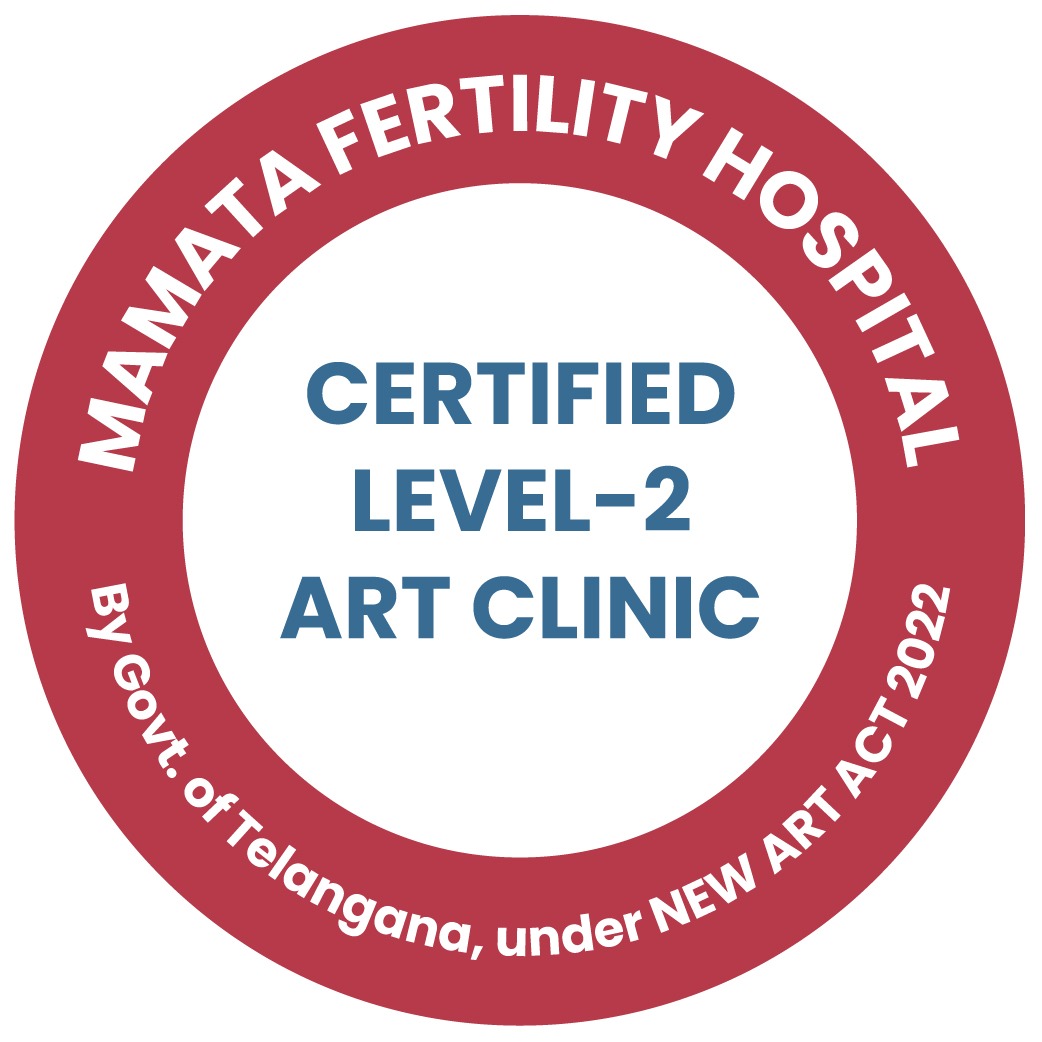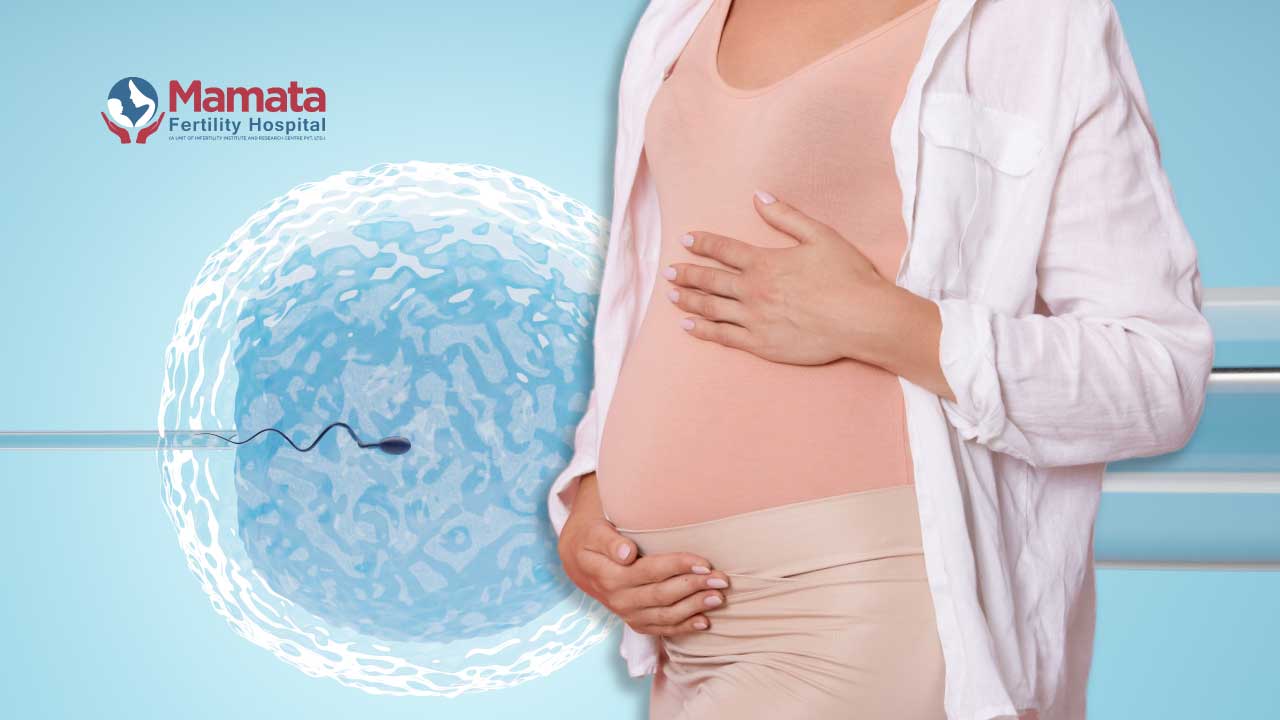In Vitro Fertilisation (IVF) is a medical procedure that aids individuals and couples in achieving pregnancy.
By combining a woman’s egg with a man’s sperm outside the body, IVF offers hope to those struggling with infertility.
Despite its growing popularity and success rates, many prospective parents have concerns about the safety of the procedure for both the mother and the baby.
Addressing these safety concerns is crucial. Understanding the risks, benefits, and advancements in IVF can help individuals make informed decisions about their reproductive health. The purpose of this blog is to provide clear and simple answers to common questions about the safety of IVF, ensuring that readers are well-informed and confident in their choices.
What is IVF?
IVF, or In Vitro Fertilisation, is a process that helps people have a baby when natural conception is difficult or not possible. Think of it as a special team of doctors and scientists working together to create the best conditions for a baby to start growing. It’s like planting a seed in the right place to give it the best chance to grow into a healthy plant.
The IVF process begins with stimulating a woman’s ovaries to produce multiple eggs. These eggs are then collected and combined with a man’s sperm in a lab to create embryos. After a few days, one or more healthy embryos are selected and carefully placed into the woman’s uterus, where they have the chance to develop into a baby.
Why do People Need IVF?
Just like a gardener helps plants that need extra care, doctors use IVF to help couples who need extra help to have a baby. There are many reasons people might need IVF, including:
- Blocked or damaged fallopian tubes: This can prevent the egg and sperm from meeting naturally.
- Ovulation disorders: Some women may not ovulate regularly or at all.
- Male infertility: Issues like low sperm count or poor sperm motility can make natural conception difficult.
- Unexplained infertility: Sometimes, no clear reason for infertility can be found.
- Genetic disorders: IVF can be used to prevent passing certain genetic conditions to the child.
- Age-related infertility: As women age, the quality and quantity of their eggs may decline.
By addressing these challenges through IVF, many individuals and couples achieve their dream of becoming parents.
Safety of the IVF Procedure
The steps involved in IVF are carefully designed to ensure the safety and health of both the mother and potential baby. Here’s an outline of the key steps and their safety:
1. Ovarian Stimulation:
- Doctors give medication to the woman to stimulate her ovaries to produce multiple eggs.
- Safety: These medications are closely monitored to minimise any side effects, ensuring the highest level of care.
2. Egg Retrieval:
- The eggs are collected from the woman’s ovaries using a minor surgical procedure under sedation.
- Safety: This procedure is performed by skilled professionals in a controlled environment, making it very safe.
3. Fertilisation and Embryo Culture:
- The retrieved eggs are combined with sperm in a lab to create embryos.
- Safety: The lab environment is perfectly controlled to ensure optimal conditions for embryo development.
4. Embryo Transfer:
- The healthiest embryos are chosen and placed into the woman’s uterus.
- Safety: This is a simple and usually painless procedure, with minimal risk involved.
IVF is like a well-planned trip where doctors are the guides ensuring a safe journey. Every stage of the journey is meticulously planned and monitored, just like travel itineraries are made with the traveller’s safety in mind.
Success Rates
IVF success rates can vary based on several factors such as age, underlying fertility issues, and the clinic’s proficiency. However, advancements in medical technology and practices have significantly increased the likelihood of successful outcomes.
- Statistics: For women under 35, the success rate per IVF cycle is about 41-43%. For women aged 35-37, the rate drops slightly to around 33-36%, and for those aged 38-40, it is about 23-27%.
- Safety: Just like most plane journeys are safe, most IVF treatments are safe too. Rigorous medical standards and expert care ensure that the procedure is as safe as possible, with complications being quite rare.
By recognising the structured approach and high safety measures involved, couples can embark on their IVF journey with confidence and hope.
Risks for the Mother
Physical Health Risks
While IVF is generally safe, there are some physical health risks that mothers should be aware of. Common side effects include
- bloating,
- cramping, and
- mild bruising at the injection sites, similar to getting a small bruise after a blood test.
More serious, but rare, risks include Ovarian Hyperstimulation Syndrome (OHSS), where the ovaries may become hypeistimulated. This condition is monitored closely by fertility specialists to ensure any signs are detected early and managed appropriately.
It’s important to stay in regular contact with your fertility team to address any concerns promptly and to follow their advice regarding rest and hydration.
Emotional Well-being
The IVF journey can be emotionally taxing, involving high hopes and the possibility of setbacks. This is why emotional well-being is just as important as physical health. Support from family, friends, and professional counselling can make a profound difference.
Going through IVF can feel like studying for an important exam; it’s a period filled with anticipation and anxiety. However, with the right support, it becomes easier to manage the emotional ups and downs.
Counsellors who specialise in fertility issues can offer coping strategies and emotional support, helping to ease the psychological burden and create a more balanced state of mind. Family and friends can also provide a crucial support network, offering encouragement and understanding throughout the process.
By acknowledging these risks and preparing for them, women can navigate their IVF journey with greater resilience and assurance.
Risks for the Baby in IVF
When considering IVF, it’s natural to be concerned about the potential risks for the baby, including birth defects and health issues.
While some studies suggest a marginally increased risk of birth defects in IVF babies, it is important to recognise that the majority of IVF babies are born healthy. The probability of birth defects remains low, similar to natural pregnancy.
Just like wearing a seatbelt doesn’t mean you’ll have an accident, most IVF babies are born healthy, and any elevated risks are generally associated with underlying parental factors rather than the IVF procedure itself.
Long-term Health of IVF Babies
Research has been conducted to examine the long-term health outcomes of children conceived through IVF. Most studies indicate that IVF children grow up just like any other kids.
They hit developmental milestones, attend school, and engage in social and physical activities akin to their naturally conceived peers. To put it simply, IVF children grow up just like any other kids, thriving and reaching their potential, much like plants growing strong and tall with proper care.
Although long-term studies are ongoing, current findings provide reassurance that IVF is a safe and effective means of helping individuals achieve their dreams of parenthood.
Comparing Natural Conception and IVF: Similarities and Differences
Both IVF and natural conception are like two roads leading to the same beautiful garden, each with its own unique journey but aiming for the same ultimate destination—a healthy baby.
While natural conception occurs within the body after sexual intercourse, IVF involves the joining of egg and sperm in a lab before implanting the embryo into the uterus.
Despite these differences in the conception process, the stages that follow—implantation, pregnancy, and birth—are remarkably similar. In both cases, a nurturing environment and prenatal care are crucial to support the developing baby, ensuring they have the best start in life.
Key Differences Between Natural Pregnancy and IVF
| Aspect | Natural Pregnancy | IVF |
| Conception Method | Occurs within the body after sexual intercourse | Occurs in a lab with egg and sperm joined outside |
| Fertilisation | Takes place inside the fallopian tubes | Takes place in a controlled lab environment |
| Egg Retrieval | Natural ovulation process | Involves medication and a procedure to retrieve eggs |
| Embryo Transfer | Naturally occurs within the body | Embryo is transferred to the uterus via a medical procedure |
| Prenatal Monitoring | Standard prenatal care | May involve additional monitoring in early stages |
| Success Rate | Generally high for fertile couples | Varies depending on age and health factors |
| Cost | Mostly limited to routine prenatal care costs | Higher due to medication and procedural expenses |
| Emotional Impact | Often less stressful | Can be emotionally taxing due to the process and uncertainty |
Despite these procedural differences, both approaches share the same goal of achieving a healthy pregnancy and birth, emphasising the importance of comprehensive prenatal care.
Misconceptions about IVF
There are several misconceptions surrounding IVF that can create unnecessary fear or confusion for prospective parents.
One common myth is that IVF is only for young women, but in reality, IVF can assist women of various age groups, although success rates may vary.
Another widespread misconception is that IVF always results in multiple births; while it’s true that IVF can increase the likelihood of twins or triplets, advancements in technology and careful embryo transfer practices have significantly reduced this risk.
Some people think IVF is like magic, but it’s actually science and care working together to provide the best possible outcome for each individual situation.
Furthermore, there’s a belief that IVF guarantees pregnancy, though it is not foolproof and comes with its own set of challenges and considerations. Dispelling these myths is crucial for understanding the actual scope and effectiveness of IVF treatments.
Final Thoughts: Summarising the Safety and Benefits of IVF
In summation, IVF stands as a significant advancement in reproductive medicine, offering hope and solutions for couples facing fertility challenges. The process, while sometimes emotionally and physically demanding, is designed with safety and efficacy in mind.
Modern techniques and personalised care have made IVF safer than ever, reducing risks associated with multiple births and improving outcomes across various age groups.
Key points to remember include the procedural differences and costs involved in IVF compared to natural conception, the importance of dispelling myths surrounding IVF, and understanding that it is a well-regulated practice grounded in science and medical expertise.
Couples considering IVF are encouraged to consult with a specialist who can provide tailored advice and support throughout the journey.
Just like climbing a hill with a guide, IVF with a doctor’s help can be a safe and rewarding journey, ensuring that couples are well-prepared and supported in their quest to achieve a healthy pregnancy and birth.
Consultation with a Fertility Specialist
Just like visiting a trusted teacher for advice on a project, talking to a fertility specialist is the best way to know if IVF is right for you.
Consulting with a specialist ensures you receive personalised medical advice tailored to your unique situation, helping you navigate the complexities and options available in fertility treatments.
Don’t hesitate—schedule a consultation today to take the first step towards understanding your fertility health and exploring the possibilities that IVF can offer.
Your journey to parenthood can be both informed and hopeful with the guidance of an experienced professional.




